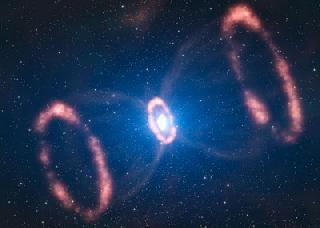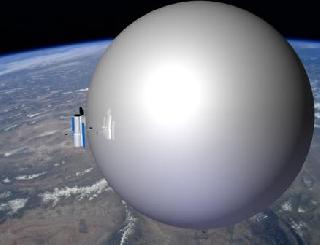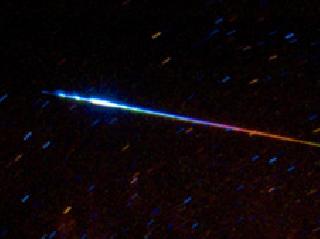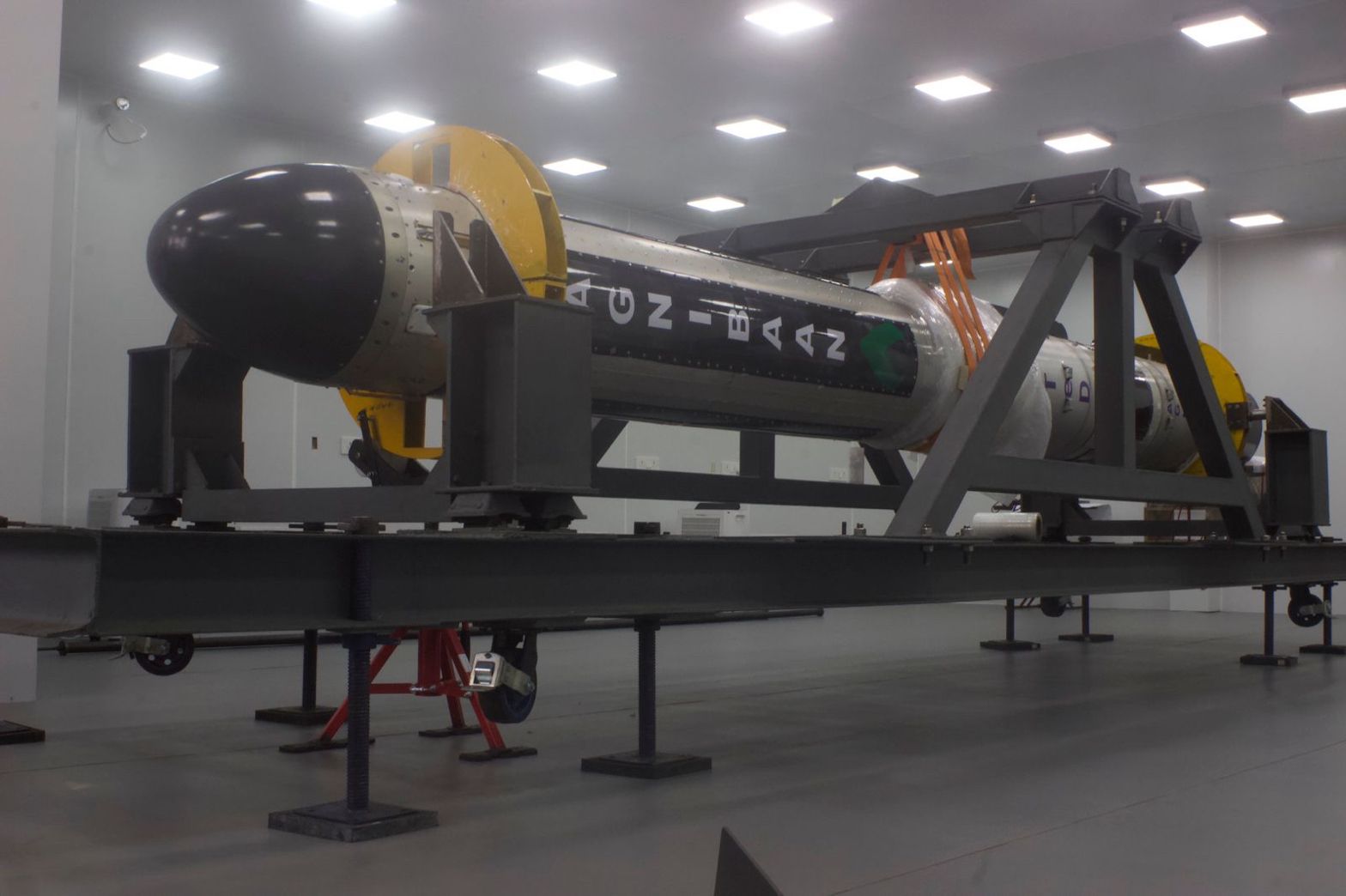
This artist's impression of the material around a recently exploded star, known as Supernova 1987A (or SN 1987A). Photo: ESO.
PARIS (BNS): For the first time, astronomers have witnessed a three-dimensional view of the distribution of the innermost material expelled by star ‘Supernova 1987A (SN 1987A)’, a media report said.
The explosion was stronger and faster in some directions, which created an irregularity in the shape, as some parts stretched out further into space.
The supernova 1987A was discovered in 1987. It was the first star to be observed through naked eyes. The star has a relative closeness, which helps astronomers to study the explosion of a massive star and its aftermath in more detail than ever before.
During the explosion, the first material, travelled at an incredible 100 million km per hour, which is about a tenth of the speed of light or around 100 000 times faster than a passenger aircraft.
The 3D reconstruction of the central parts of the exploding material was obtained through a unique instrument, SINFONI.
SINFONI has an advanced adaptive optics systems, which counteracted the blurring effects of the Earth's atmosphere. The technique called integral field spectroscopy, allows astronomers to study several parts of the supernova’s chaotic core simultaneously, which forms a 3D image.
The Supernova SN 1987A has been a bonanza for astrophysicists (eso8711 and eso0708) for various discoveries.
It has provided several notable observational ‘firsts’, like the detection of neutrinos from the collapsing inner stellar core triggering the explosion, the localisation on archival photographic plates of the star before it exploded, the signs of an asymmetric explosion, the direct observation of the radioactive elements produced during the blast, observation of the formation of dust in the supernova, as well as the detection of circumstellar and interstellar material (eso0708).
 Previous Article
Previous Article Next Article
Next Article













The Indian Air Force, in its flight trials evaluation report submitted before the Defence Ministry l..
view articleAn insight into the Medium Multi-Role Combat Aircraft competition...
view articleSky enthusiasts can now spot the International Space Station (ISS) commanded by Indian-American astr..
view article